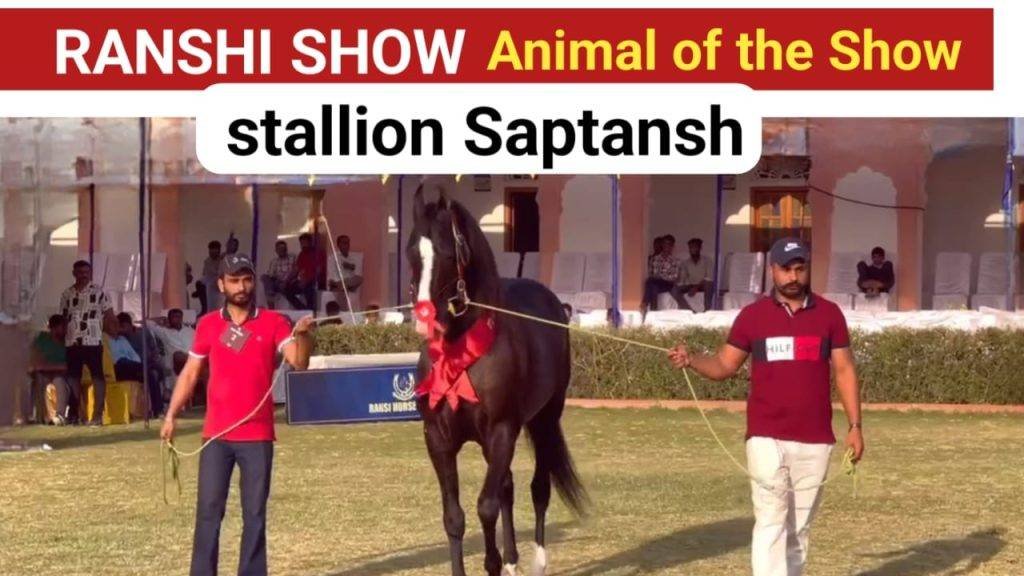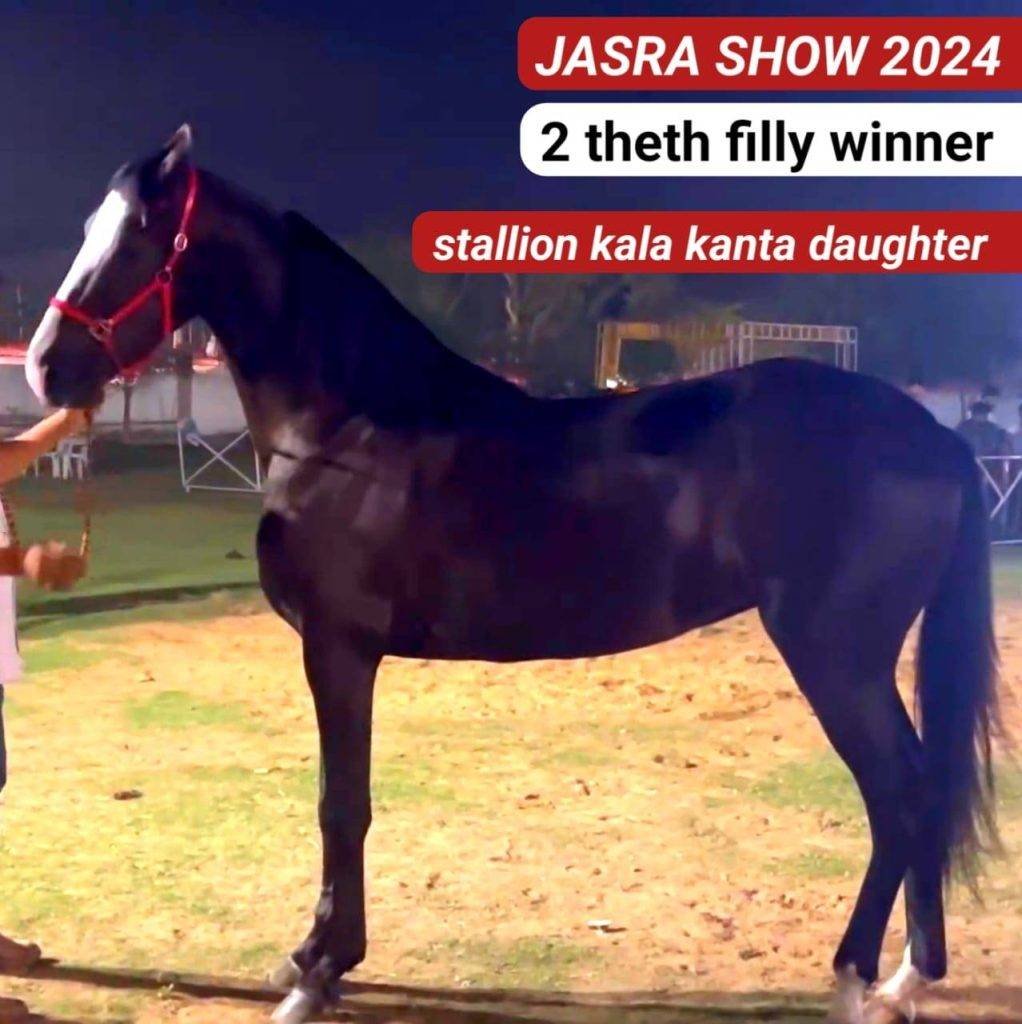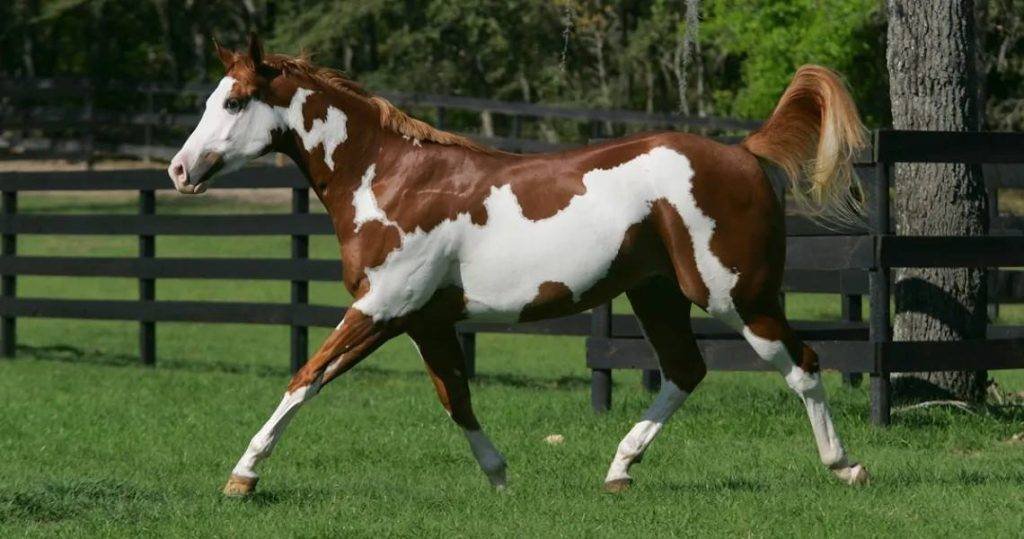There’s something deeply wrong with the way some horses live today—and most of the time, it’s not because their humans don’t love them.
It’s because many equine care practices are based on convenience, tradition, or control, not the actual emotional and biological needs of the horse.
That’s where the 3Fs come in: Freedom, Forage, and Friends. These aren’t just feel-good words—they are the foundation of equine welfare. They reflect what a horse truly needs to be healthy in body and whole in spirit.
If you want to go beyond just “owning” a horse and start truly understanding what makes them thrive, this is where you begin.
1. Freedom: The Right to Move and Choose
Horses are born to move. In the wild, they travel 20 to 30 kilometers per day—not for exercise, but simply to find food, water, and safety. Constant motion is built into their very physiology. Their joints, digestion, hooves, and even emotional balance all rely on freedom of movement.
Yet many domesticated horses spend most of their lives confined—in stalls, small pens, or tied up for hours. While this may be “normal” in many barns, it’s deeply unnatural for the horse.
What freedom really looks like for horses:
- Turnout: Daily, ideally 24/7, in large areas where the horse can walk, graze, roll, and rest.
- Autonomy: The ability to make choices—like seeking shade, playing, or walking away from social conflict.
- Physical and mental stimulation: Open spaces allow horses to interact with their environment and stay mentally sharp.
A horse with freedom is a horse that breathes easier, sleeps deeper, and lives more fully.
2. Forage: The Need for Constant Grazing
Horses have evolved as trickle feeders. Their digestive systems are designed to have small amounts of forage moving through almost constantly—up to 18 hours a day. This keeps their gut healthy and prevents serious conditions like ulcers, colic, and boredom-related behaviors.
Yet many horses today are fed large, infrequent meals of concentrated grain and spend hours (or even most of the day) with nothing to chew.
Forage is not a luxury. It’s a necessity.
What proper forage looks like:
- Access to hay or grass at all times (unless medical conditions require restriction)
- Slow feeders or nets to mimic natural grazing and prevent overeating
- Quality roughage tailored to the horse’s health, age, and activity level
When horses have access to forage, they’re calmer, healthier, and far less likely to develop stress-related behaviors like cribbing or weaving.
3. Friends: The Herd is Everything
Horses are herd animals. They rely on social bonds for safety, emotional regulation, grooming, and play. In the wild, isolation would mean death. Even in domestic life, loneliness is one of the most harmful things a horse can experience.
Yet, many horses live alone in separate paddocks or stalls, with little to no direct contact with other horses.
Here’s what friendship looks like for a horse:
- Physical interaction: Mutual grooming, playing, resting together.
- Social dynamics: Learning from older horses, finding their place in a herd.
- Emotional support: Horses lower their heart rates and show fewer signs of stress when they’re around their herd.
Not every horse needs a giant herd—but every horse needs at least one true companion they can touch, bond with, and trust.
Why the 3Fs Matter So Much
The 3Fs aren’t just a checklist. They’re a mindset. When you start thinking about Freedom, Forage, and Friends, you’re stepping into the horse’s world—not forcing them into yours.
You begin to see them not as riding tools, competitors, or projects—but as sentient, social beings with needs as deep as your own.
And when those needs are met, everything else gets better:
- Behavior problems decrease
- Health improves
- Training becomes easier
- The bond between you and your horse grows stronger
Because a content horse is a connected horse.
But What If My Situation Doesn’t Allow for All 3Fs?
Not everyone can provide 24/7 turnout or a herd of horses. And that’s okay. What matters is doing the best you can within your limits—and continuously working toward more natural, horse-centered care.
Some ideas:
- Use slow feeders to extend forage time
- Add a mirror or goat as a companion for a lonely horse
- Allow daily turnout, even if it’s just a few hours
- Turn stall doors into Dutch doors for more visual and social contact
- Learn from horse behaviorists and welfare advocates
It’s about progress, not perfection.
Final Thoughts: A Horse-Centered Life
When you meet a horse who has all 3Fs—who can roam freely, graze when they want, and rest beside their best friend—you’ll see a horse who is relaxed, open, and truly alive.
The eyes are softer. The body looser. The spirit… free.
That’s not just welfare. That’s well-being.
So the next time you look at your horse, ask:
Are they moving? Are they munching? Are they connecting?
If so, you’re not just caring for a horse.
You’re honoring who they are.




